Tool Post for Warco WM 180
Time for a Change of Post
| iain hale 1 | 05/01/2022 20:57:27 |
14 forum posts | The time has come to talk about changing the tool post on my DM180 lathe. Advice please I have now discovered the limitations of the tool post on this latheand would like to upgrade to a quick change holder. Warco can supply a direct replacement (out of stock at the moment) is there any thing out there that I might also consider too. Thank you in advance for your assistance Iain |
| Andy Stopford | 06/01/2022 19:57:21 |
| 241 forum posts 35 photos | I fitted one of these: https://www.arceurotrade.co.uk/Catalogue/Machines-Accessories/Lathe-Accessories/Tool-Posts/Model-000-Quick-Change-Tool-Post-Set The Warco has a spigot projecting from the top of the compound slide which fits into a matching rebate in the supplied 4 way toolpost. I believe some people just remove this to fit a QCTP, but I made a 7.5mm thick spacer instead. This thickness maximises the range of tool heights that can be used. I also had to make a new centre stud. The Model 100 might be a more appropriate size, but I already had the 000 and a load of toolholders, and I don't know whether the 100 could be bored out to accomodate the spigot. |
| MikeK | 06/01/2022 20:21:14 |
| 226 forum posts 17 photos | If inclined to DIY: I made the "Norman patent" QCTP, usually attributed to Ralph Patterson (who is the one who produced the PDF, I think) for my 7x mini-lathe. I like the design. I think it might be more solid than the traditional QCTP design, as there is less overhang. Patterson's plans originated on the Yahoo mini lathe group and have since moved to groups.io: Similar to the Norman QCTP is an interesting design by Mike something, that he says can be made entirely on the lathe:
|
| Bo'sun | 07/01/2022 09:19:28 |
| 754 forum posts 2 photos | Hi Iain, Have a look at "Ades workshop" on youtube. In his last video he modifies a QCTP for a WM180, and discusses sizing. |
| Sam Longley 1 | 07/01/2022 09:57:13 |
| 965 forum posts 34 photos | I would not bother with the QCTP. I have a 240MV & there is simply too much flex. I only set it up for boring. I removed the topslide & mounted the 4 way holder onto a block on the cross slide. Not only does this reduce all the flexing I can now do cut offs with no problems. |
| Clive Foster | 07/01/2022 10:42:29 |
| 3630 forum posts 128 photos | iain What issues have you encountered with the standard tool-post? If Warco are able to sell you extra standard tool-posts at reasonable price there may be work-arounds or alternative techniques which, overall, may work out to be both equally satisfactory and more economical than buying a QC posts. As ever in this game the depth of ones pocket is never commensurate with ones needs and desires. I personally have always advocated multiple 2 or 4 way blocks, including one on a rear tool-post, as being economically more satisfactory than a QC post for the Home Workshop and Model Engineer person. Most especially on smaller machines where the inevitable overhang of the tool from the cross slide seriously impacts stiffness. Workspace is always at a premium on small machines and the extra size of a QC post doesn't help there. The primary economic issue with a QC set-up is the cost of extra holders. To be really useful you need one holder for every common use tool and a couple of spares. Otherwise you are forever adjusting holder height. Consensus seems to be 8 to 12 holders is about right to give you enough ready to go tooling. Three four ways gives you 12 slots but if you use HSS re-grinding tends to alter tip height so shims are needed to compensate. Which is generally considered a faff too far when done in situ. However good your tip height gauge. Given the relatively low cost of indicators these days the obvious answer is to set one up permanently with an elephants foot on the end of the probe to measure actual tip height after grinding so appropriate shims can be selected from your carefully sorted and curated set. The colour coded plastic sheet sets would seem advantageous here. If you use only, or mostly, carbide tips height is not an issue as they are made to high standards and changing tips probably gives rather less variation in height than we can generally achieve. Probably an interesting economic argument as to when the extra cost of tips for amostry carbide user overtakes the cost of a QC post for a mostly HSS user! On a rear tool-post I would equip the four way with an accurate registration device and mount up the parting tool and my "most useful" boring tool. Swing through 90° so the tools are parallel to the bed and out of the way when turning, Swing back to part or bore. Clive |
| ega | 07/01/2022 11:23:38 |
| 2805 forum posts 219 photos | What is the effect of using presumably compressible plastic shims? Might they work like the swan neck tool of old? |
| John Baron | 07/01/2022 11:33:57 |
520 forum posts 194 photos | The plan for the Norman Patent tool post is here in my pictures. |
| SillyOldDuffer | 07/01/2022 11:57:26 |
| 10668 forum posts 2415 photos | Posted by Sam Longley 1 on 07/01/2022 09:57:13:
I would not bother with the QCTP. ... My conclusion too. QCTP provides Quick Changing and screw-adjustable height setting in exchange for some loss of rigidity and hard earned cash. (My darling precious spondulicks, I love them so much, sob...) But as always, the value of a tool depends on what you do. My feeling is QCTP are good for work-flows in which tools are swapped frequently and the operator likes to get on. They're particularly useful in an HSS shop, because HSS has to be resharpened. Sharpening moves the cutting edge slightly, making it necessary to adjust the tool height slightly, which the cartridge's adjuster makes easy. QCTP are much less popular in industry than they were, and some of the reasons might apply in a home-workshop too:
In my garage workshop, I've found it easier to get good finish from HSS, but this is at the cost of having to buy a grinder, learning how to use it, and then periodically stopping work in order to touch up blunt tools and reset them in the lathe. Also necessary to lubricate and cool HSS, which may not be necessary with carbide. If I was sold on HSS, a QCTP would make sense. But I'm not! In practice, after getting used to the different speeds and feeds needed by carbide, I find inserts faster, more convenient, and mostly able to deliver acceptable finish. As I know in advance what combination of shims each holder size needs to put an insert at the correct height, it doesn't take long to swap tools in an ordinary 4-way tool-post, and the 4-way is stiffer than a QCTP. I keep meaning to mill several shims to the exactly right size, and they could be glued to the holders, but it's not been worth the effort. In a race, I'm sure a QCTP fed with pre-sharpened pre-set cartridges would be faster than me fiddling with screws and shims. But, I suspect the insert/4-way system would faster in the long run because HSS/QCTP suffers a major delay whenever HSS has to be reground. And, in a race to remove metal, carbide cuts metal faster than HSS. Using carbide Inserts in a QCTP rather than HSS might be a good idea because inserts avoid regrinding delays, but the tool-post being less rigid would limit carbide's effectiveness. Which is to be avoided because carbide performs best cutting deep and fast: it needs a rigid tool-post. In conclusion, I suggest the answer to QCTP versus conventional isn't clear cut. It depends! I decided to stick with a 4-way. It hasn't stopped me doing anything or slowed me down significantly, so I got that one right! I'd cheerfully invest in a QCTP if experience had shown tool-changing to be a problem in my workshop, but it's not. My advice is to do a few months work before deciding. There are always other tools to spend cash on - a DRO might be more productive than a QCTP... Dave |
| Clive Foster | 07/01/2022 13:30:09 |
| 3630 forum posts 128 photos | ega Some figures I found online suggest that plastic shim stock has a compressive strength of the order of 4,000 to 6,000 psi. Mostly depending on thickness. Thicker being relatively weaker. Steel is around 22,000 psi. Permanent deformation of steel sets in around 200,000 psi. Apparently permanent deformation of a 1/32" - 0.8 mm plastic shim needs around 130,000 psi, for 1/2" thick 30,000 psi will do the trick. So for 3/8" - 8 mm tools in a typical 4 way a thin, under 50 thou or 1 mm, plastic shim going to support something approaching 10,000 pounds of force. Which isn't that shabby. In practice you'd use a sheet / thin plate metal shim for the majority of the adjustment, possibly backed up with a section of de-toothed hacksaw blade, with the plastic handling that last fraction of an inch or tenths of a mm. Given a bit of organisation and practice with a permanently set up indicator the time taken to selecting shim sets is probably not greatly dissimilar to that needed to adjust a QC holder. The major issue is that both systems need to have semi-permanent tool mounting or you run into problems with stick out variation. That requires iether a QC system with sufficient holders for all the tools needed for the job to be mounted or sufficient swoppable blocks to hold enough tools with accurate means of registration so the block takes up teh same position when swopper or turned. There is no doubt that old line industrial 4 way posts with face ratchet registration are much, much quicker than a QC system if only 4 tools will suffice for the whole job. As ever setting up to efficiently use the system that best fits you and your work is the right way to go about things. Clive |
| ega | 07/01/2022 14:32:39 |
| 2805 forum posts 219 photos | Clive: Thank you for your comments about plastic shim. I will add some to my (not so) "carefully sorted and curated set". My standard tool post on the Myford is a GHT-style indexing four way which is normally loaded with four holders with indexable inserts and I have milled the bases of the holders to bring the inserts to as near centre height as my modest skills and equipment allow. Variable stick out remains as an obstacle to repeatability of tool position, as you point out, but this could be addressed via a stop in the tool slot. I have no experience of the Aloris-type QCTP but am slightly bemused by its popularity amongst hobbyists; as such, we are fortunately as free as our budgets permit to choose. |
| Sam Longley 1 | 07/01/2022 15:02:00 |
| 965 forum posts 34 photos | My cut off tool comes from an old colchester that I had in my joinery factory. It is 25mm high & clamps an exide tapered HSS blade very firmly. It will accept cutters down to 13mm. I did not want to waste it & wondering how to utilise it, Iexperimented by tapping & screwing a piece of 15 * 15 steel to the side then welded it along the top edge . Then I placed it in the mill & gradually milled the underside so that it bought a 13 mm cutoff blade to centre height. This means that the piece of steel, added on, sits in the square tool post & the actual blade holder sits along side. No shims are required. When I milled it I had a problem The WM 16 mill is basically rubber & I inadvertently milled the underside with a minute curve in the steel. This actually comes as a bonus, because if I want to adjust centre height due to raking the top of the cut off blade I can crank down on the front or back holding screw & the blade will move up or down a couple of thou depending on projection. Having used it a lot, I know how much to apply & it is a very quick item to just drop in & use. I can now cut off with very few failures. It is rigid enough that even if the front is not hard down the back 2 screws will stop any chatter on their own
Edited By Sam Longley 1 on 07/01/2022 15:06:03 |
| John Baron | 07/01/2022 15:22:34 |
520 forum posts 194 photos | Posted by SillyOldDuffer on 07/01/2022 11:57:26:
Posted by Sam Longley 1 on 07/01/2022 09:57:13:
I would not bother with the QCTP. ... My conclusion too. QCTP provides Quick Changing and screw-adjustable height setting in exchange for some loss of rigidity and hard earned cash. (My darling precious spondulicks, I love them so much, sob...) But as always, the value of a tool depends on what you do. My feeling is QCTP are good for work-flows in which tools are swapped frequently and the operator likes to get on. They're particularly useful in an HSS shop, because HSS has to be resharpened. Sharpening moves the cutting edge slightly, making it necessary to adjust the tool height slightly, which the cartridge's adjuster makes easy. Dave Hi Dave, Guys, I don't fully agree about loss of rigidity ! I feel that my Norman Patent tool post is at least as rigid as the four way that I used to use. As far as resharpening is concerned I agree that it will move the tool height, but I tend to just touch up the tool using a stone and carry on with no detectable tool height change ! This is mine mounted on my Myford S7. Notice that the overhang is at least 3/4" less than the four way.
|
| ega | 07/01/2022 18:12:45 |
| 2805 forum posts 219 photos | John Baron: I too am a fan of this style of tool post and for years used a simpler version to the design by L C Mason. Whilst I accept that the adjustment screw may add a little to the stiffness of this design, I am puzzled by your point about overhang compared with a four way which often sits directly on the topslide (ie nil overhang)? |
| John Baron | 07/01/2022 19:23:59 |
520 forum posts 194 photos | Hi Ega, Thanks for your post. The overhang I referred to is the distance from the centre of the post to the middle of the lathe tool. Whilst I agree that the adjusting screw will provide some stability, but since its behind the tip of the tool on mine, it really should be on the front. I've made a rear post that also uses the same tool holder as the front does. It currently supports a 2 mm thick parting blade. Following some comments about breaking out the rear top slide slot, I made a 25 mm thick collar that fits at the bottom of the post and adds four square inches of support. Unfortunately I don't have a picture with the collar fitted.
|
| ega | 07/01/2022 23:51:13 |
| 2805 forum posts 219 photos | John Baron: Thanks for explaining. Anyone thinking of making something along these lines might be interested in the following extract from the late C T Bower: ccc |
| MikeK | 08/01/2022 01:31:03 |
| 226 forum posts 17 photos | Here's mine (with an oddball length screw). |
| John Baron | 08/01/2022 09:20:00 |
520 forum posts 194 photos | Hi Guys, Ega, MikeK, Thankyou both for the C T Bower, notes and the nice picture ! I really should go and alter the drawing to move the adjusting screw to the other side, however the original does show the adjusting screw where it is. Unfortunatley I no longer have access to the original patent document, which showed a broached square hole for the tool bit. I modified the drawing to show a slot sized to support a 1/2" inch tool. One of the reasons that I retained the original split collet design rather than a slot with a clamp screw, was because the split collet offers a more secure grip on a large round post, having three points of contact rather than two. Both Rolls Royce and Myford used the Norman patent design.
|
| John Baron | 08/01/2022 10:01:08 |
520 forum posts 194 photos | Hi Guys, I've been and modified the drawing by adding a second adjusting screw position at the front of the tool block.
Either position can be used. Drill 5 mm and thread M6. Counter bore to suit cap screw head as required.
|
| MikeK | 08/01/2022 14:15:45 |
| 226 forum posts 17 photos | Hmm...I may have to make one with a split collet now. Kudos to anyone making the Norman from steel. The thought of all that time spent boring the hole turned me off. |
Please login to post a reply.
Want the latest issue of Model Engineer or Model Engineers' Workshop? Use our magazine locator links to find your nearest stockist!
Sign up to our newsletter and get a free digital issue.
You can unsubscribe at anytime. View our privacy policy at www.mortons.co.uk/privacy
- *Oct 2023: FORUM MIGRATION TIMELINE*
05/10/2023 07:57:11 - Making ER11 collet chuck
05/10/2023 07:56:24 - What did you do today? 2023
05/10/2023 07:25:01 - Orrery
05/10/2023 06:00:41 - Wera hand-tools
05/10/2023 05:47:07 - New member
05/10/2023 04:40:11 - Problems with external pot on at1 vfd
05/10/2023 00:06:32 - Drain plug
04/10/2023 23:36:17 - digi phase converter for 10 machines.....
04/10/2023 23:13:48 - Winter Storage Of Locomotives
04/10/2023 21:02:11 - More Latest Posts...
- View All Topics
- Reeves** - Rebuilt Royal Scot by Martin Evans
by John Broughton
£300.00 - BRITANNIA 5" GAUGE James Perrier
by Jon Seabright 1
£2,500.00 - Drill Grinder - for restoration
by Nigel Graham 2
£0.00 - WARCO WM18 MILLING MACHINE
by Alex Chudley
£1,200.00 - MYFORD SUPER 7 LATHE
by Alex Chudley
£2,000.00 - More "For Sale" Ads...
- D1-3 backplate
by Michael Horley
Price Not Specified - fixed steady for a Colchester bantam mark1 800
by George Jervis
Price Not Specified - lbsc pansy
by JACK SIDEBOTHAM
Price Not Specified - Pratt Burnerd multifit chuck key.
by Tim Riome
Price Not Specified - BANDSAW BLADE WELDER
by HUGH
Price Not Specified - More "Wanted" Ads...
Do you want to contact the Model Engineer and Model Engineers' Workshop team?
You can contact us by phone, mail or email about the magazines including becoming a contributor, submitting reader's letters or making queries about articles. You can also get in touch about this website, advertising or other general issues.
Click THIS LINK for full contact details.
For subscription issues please see THIS LINK.
Model Engineer Magazine
- Percival Marshall
- M.E. History
- LittleLEC
- M.E. Clock
ME Workshop
- An Adcock
- & Shipley
- Horizontal
- Mill
Subscribe Now
- Great savings
- Delivered to your door
Pre-order your copy!
- Delivered to your doorstep!
- Free UK delivery!

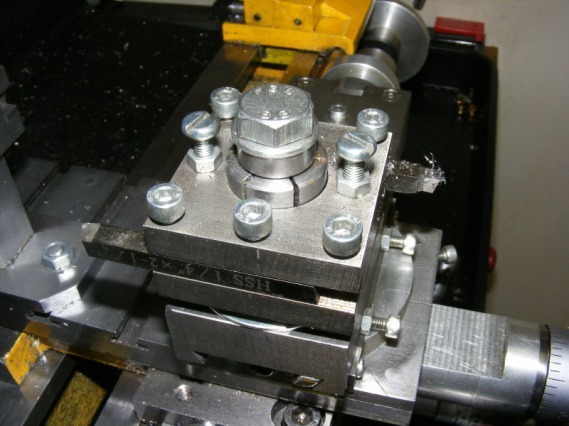


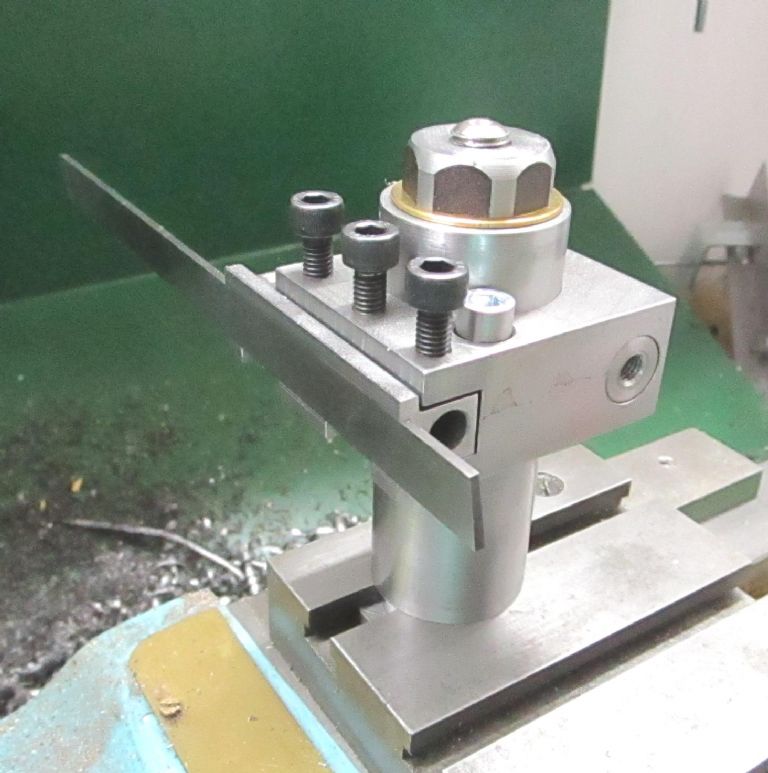
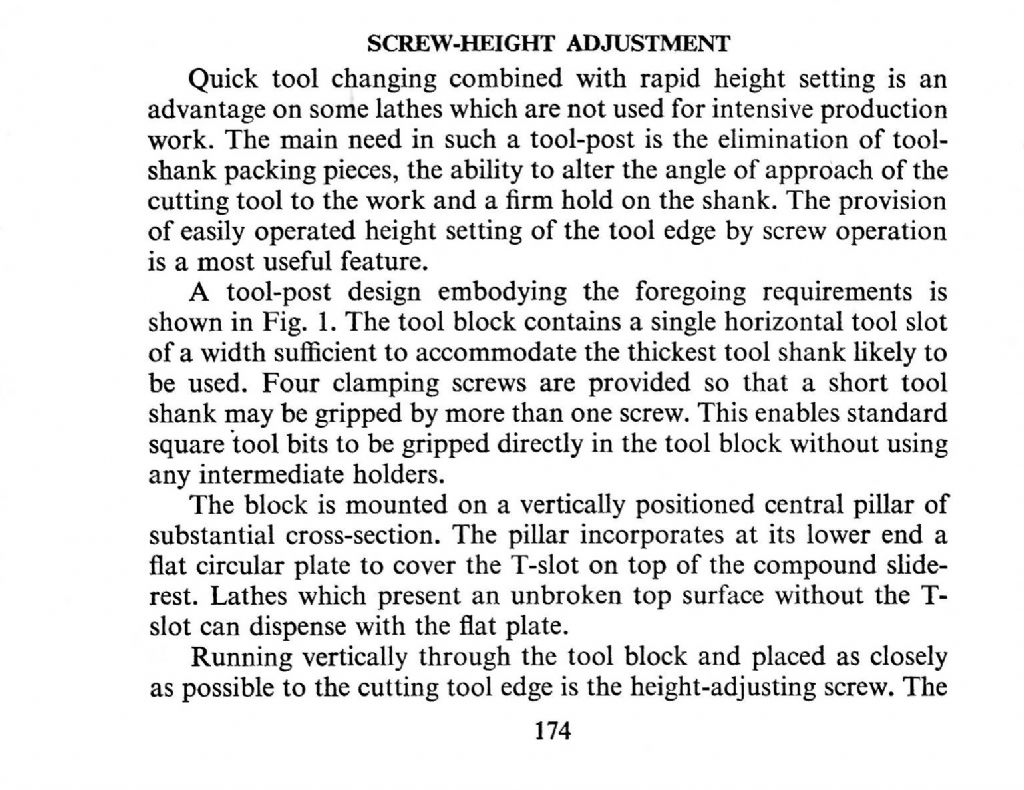
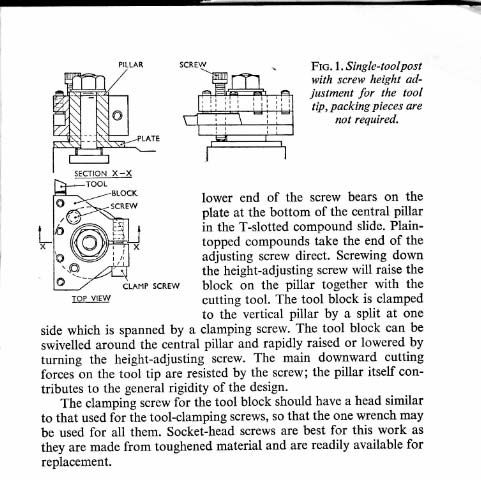

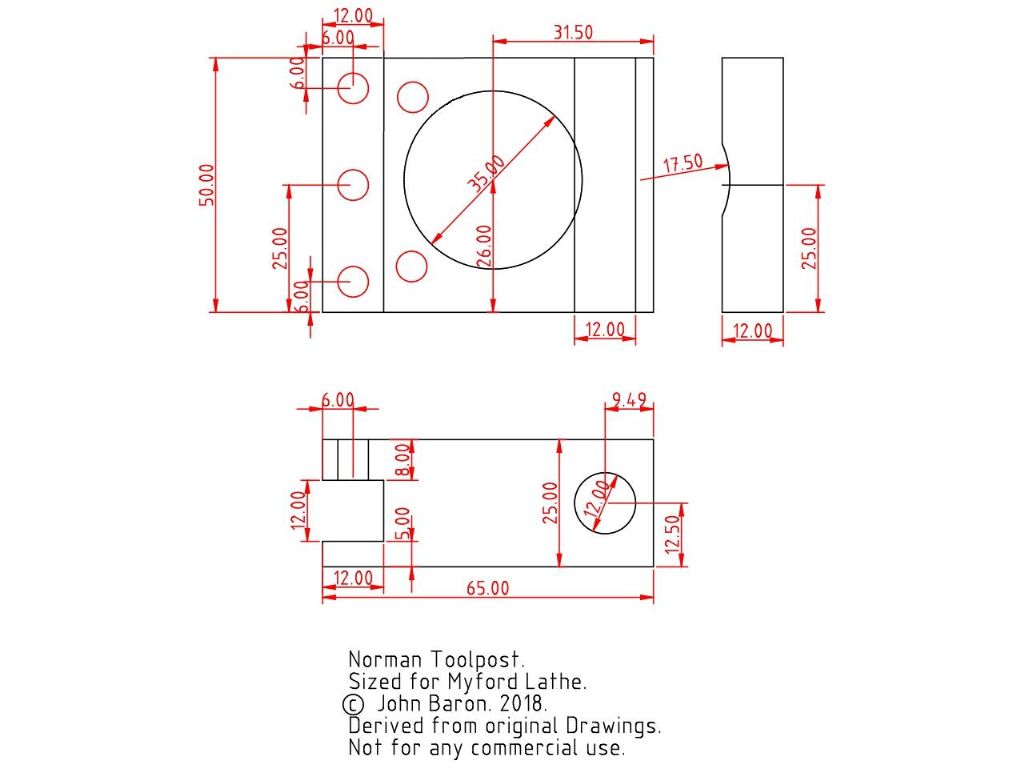









 Register
Register Log-in
Log-in


